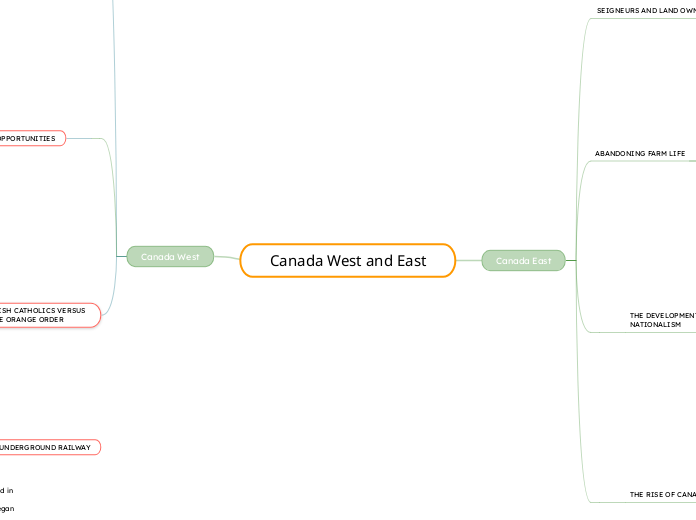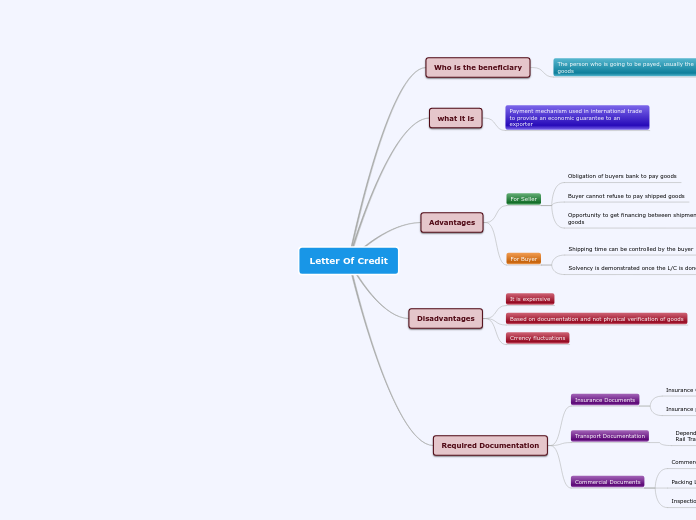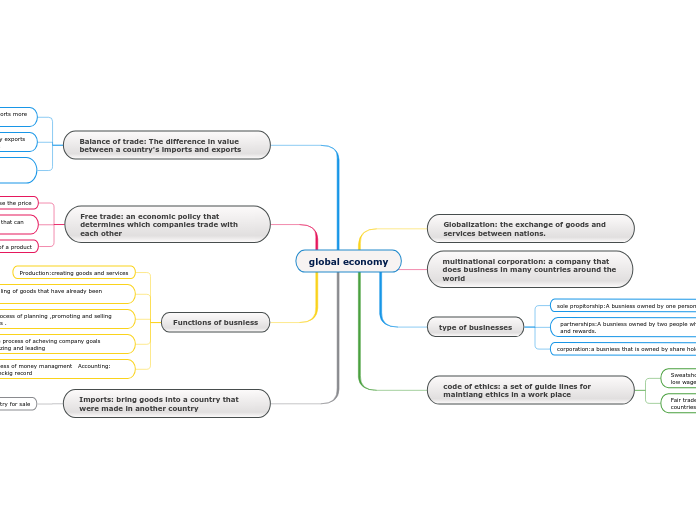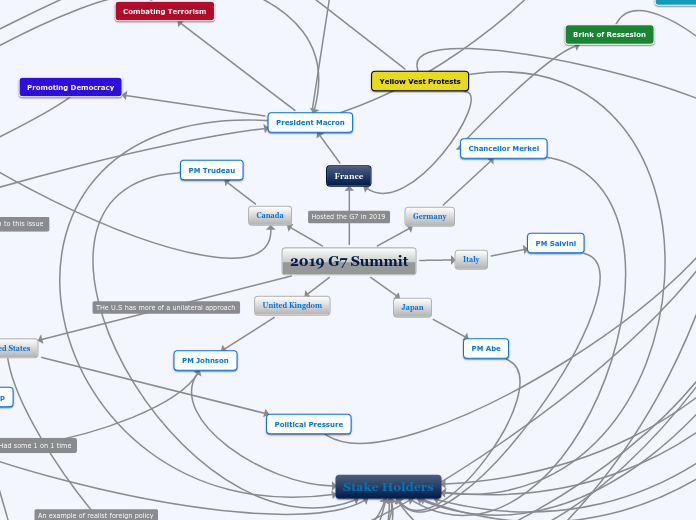a Vishal Kommera 1 éve
70
Canada West and East
An efficient railway system is essential for fostering economic growth and enhancing trade between regions in Canada West and East. Before the 1850s, transportation of goods like crops and timber primarily relied on ships, benefitting those near ports.









